The false vacuum is a scientific idea about the universe being in an unstable energy state. This means that what we think of as “empty space” might not be truly stable, it could be sitting in a kind of temporary balance, like a ball resting in a shallow dip that could roll down into a deeper hole at any moment. If that happened, the universe could suddenly change or even be destroyed. Philosopher of science Mathias Vogel says that although such a collapse is very unlikely, the idea reveals a bigger issue. Science assumes that the laws of nature, like gravity or electromagnetism, are constant and reliable. But if the false vacuum idea is true, then even those laws could change, meaning they’re not as stable as we thought. Even if this cosmic collapse won’t happen anytime soon, the possibility forces us to rethink how secure our understanding of nature’s laws really is.
Physicists have a theory that sounds like something from a nightmare rather than a lab. According to several models, our universe may not be stable. The vacuum of space might be a temporary illusion, poised to collapse without warning.
This idea, known as the false vacuum, arises from quantum field theory. The vacuum isn’t empty but filled with fluctuating energy fields. One of them, the Higgs field, gives particles their mass. But the measured values of the Higgs boson and the top quark suggest our universe might be perched in a metastable state: not the lowest possible energy, just a plateau. If it were to “tunnel” to a lower state, a bubble of true vacuum would form and expand at the speed of light, rewriting the laws of physics and annihilating everything.
Figure 1. By Georg Wiora (Dr. Schorsch), CC BY-SA 3.0 <http://creativecommons.org/licenses/by-sa/3.0/>
It sounds like fiction, but it is a real implication of our best theories. As Scientific American put it, “A ‘bubble’ of true vacuum could spontaneously materialize and obliterate our reality in the equivalent of a cosmic cut-and-paste command.” Even Stephen Hawking considered its implications saying that “the Higgs potential has the worrisome feature that it might become metastable… the universe could undergo catastrophic vacuum decay, with a bubble of true vacuum expanding at the speed of light.” He didn’t say it would happen or express fear about it, only that it follows from the mathematics and deserves to be understood, not ignored.
___
From Newton’s equations to Einstein’s relativity, the dream of universal order has shaped the modern scientific worldview.
___
The concept is not new. In the 1970s, physicist Sidney Coleman described how a false vacuum might decay through “bubble nucleation.” A field trapped in a shallow valley of energy could, by quantum tunnelling, drop into a deeper one. The transition would spread outward at light speed, converting everything in its path to a new kind of matter.
Laboratory simulations have even demonstrated analogues of this process. In a recent quantum spin chain experiment, researchers observed how a metastable state decays through the spontaneous formation of bubbles, a miniature model of cosmic vacuum decay. It suggests the mechanism is more than theoretical metaphor.
Fortunately, the predicted timescales are astronomically long. As one researcher told IFLScience, “The time it would take is actually longer than the age of the universe, much longer.” But the real significance of the false vacuum lies not in the likelihood of catastrophe, but in what it reveals about the fragility of physical law itself.
SUGGESTED VIEWING Philosophy at the end of the world With Ben Ware







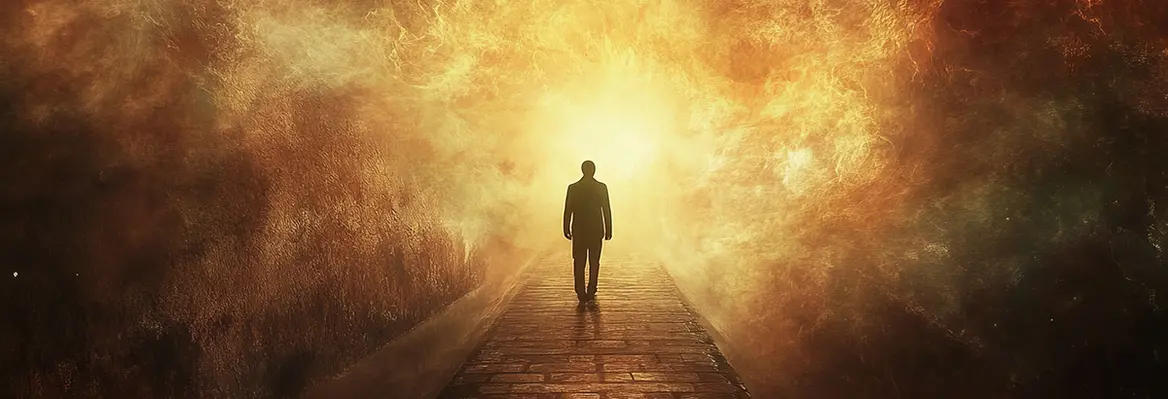

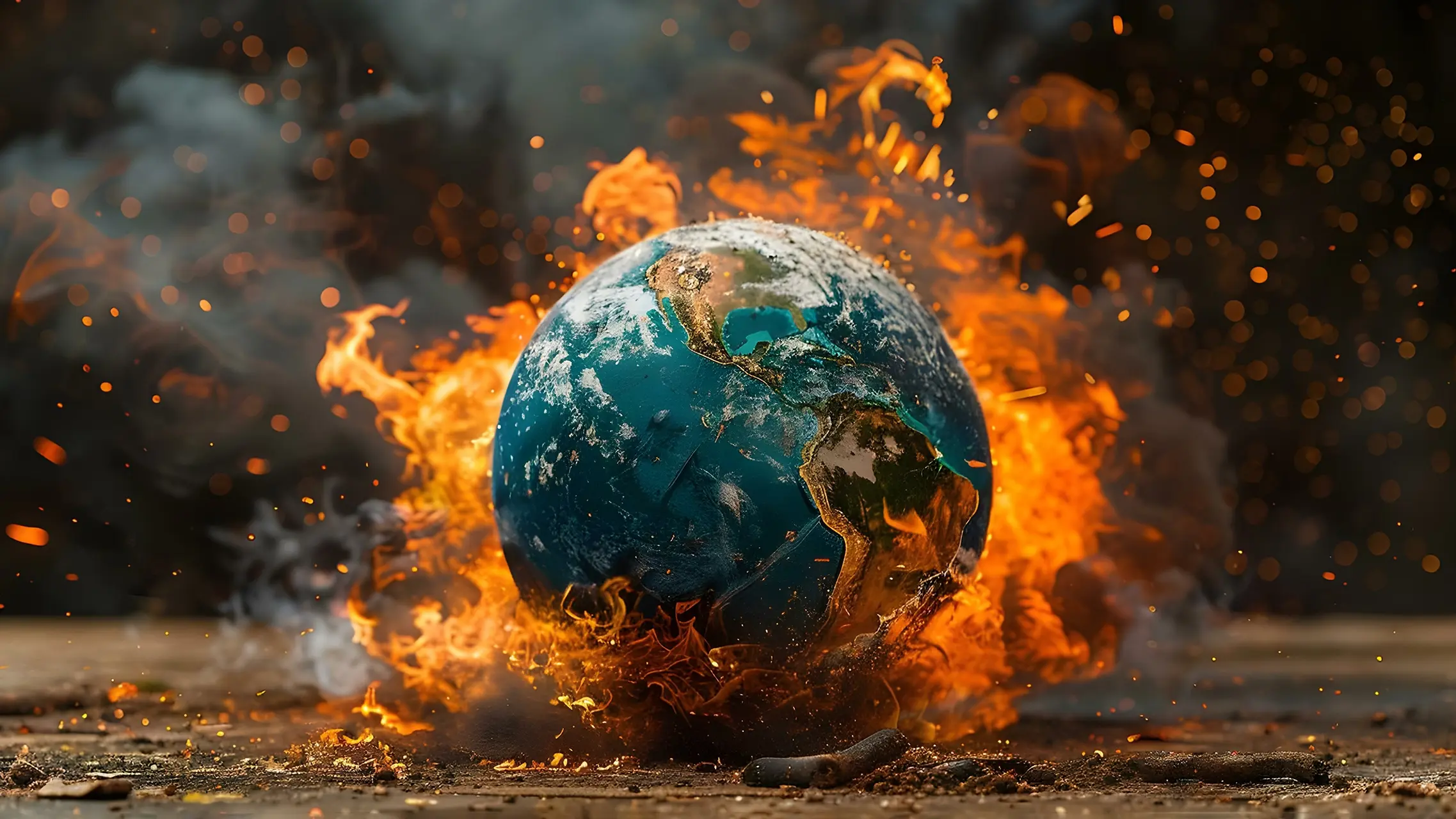

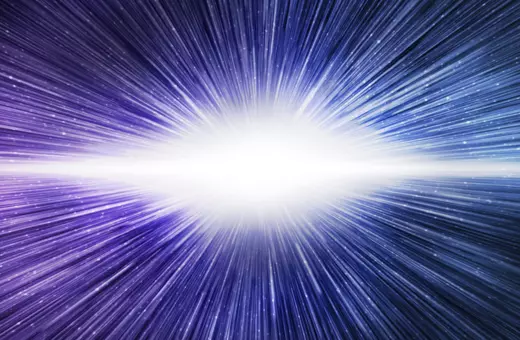
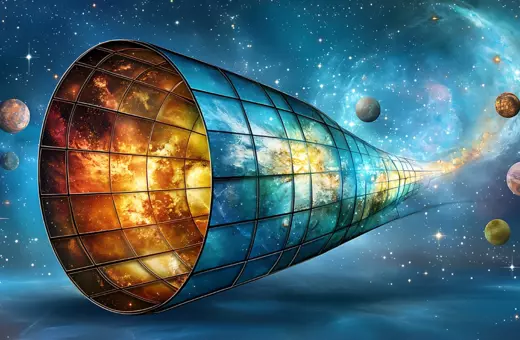

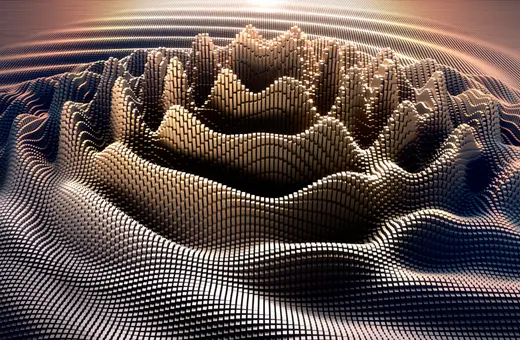


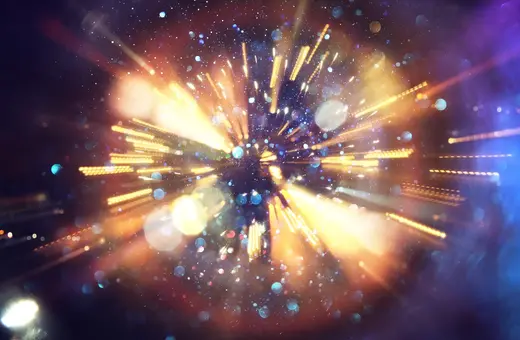
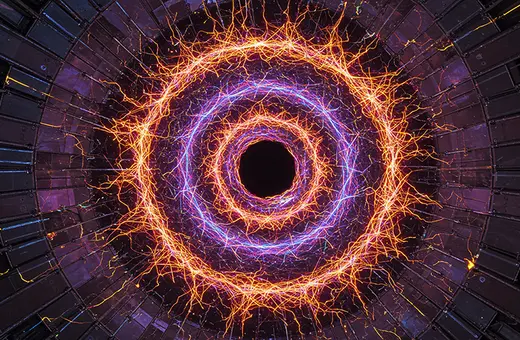
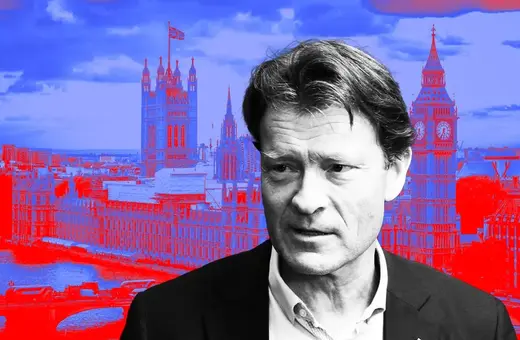
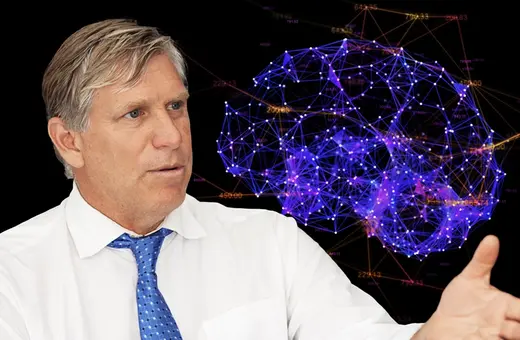
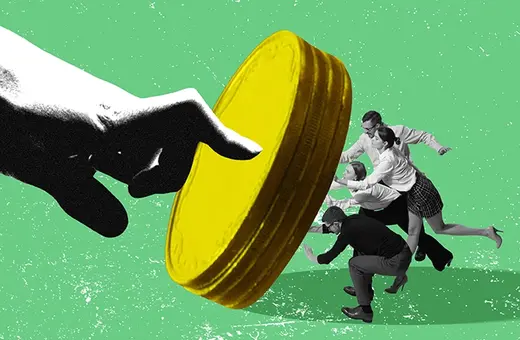
Join the conversation